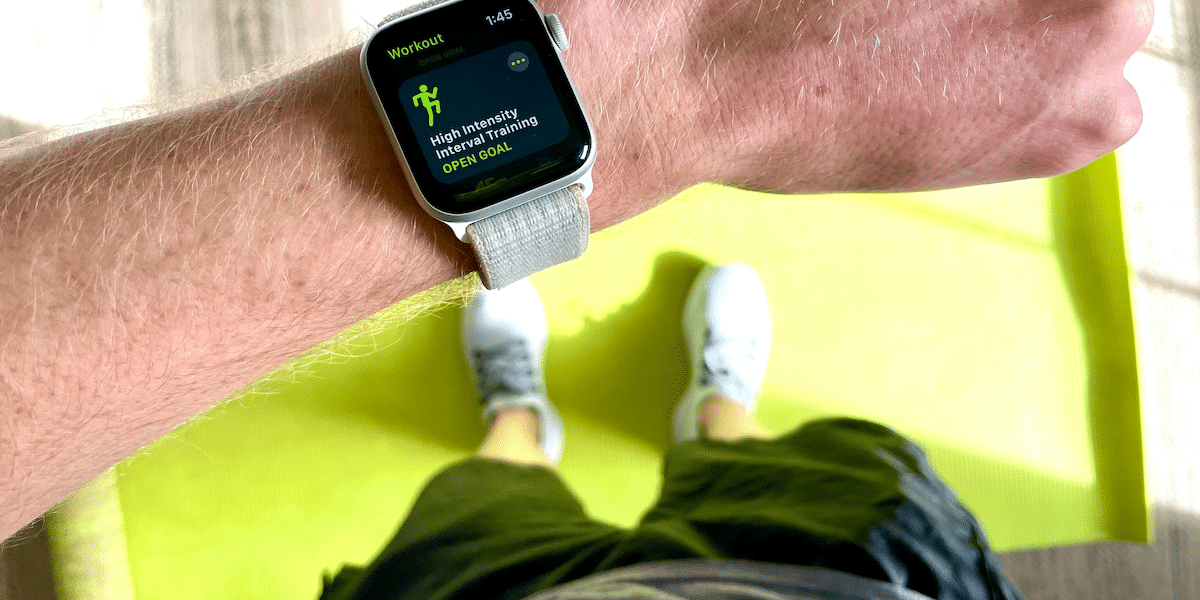Image commercially licensed from Unsplash
Scientific discoveries and technology in sports have changed how people practice so many sports in recent years, from amateur sports (such as workout apps and yoga apps) to professional sports and systems designed to protect the health of athletes with real-time monitoring of the data captured. Keep reading if you want to know the top technological innovations in sports.
Live sports
The ability to access real-time sports content, and consult prediction sites for today’s games, has made our relationship with sports even more engaging and exciting.
In fact, today, we have completely changed the way we follow sporting events. Thanks to the spread of dedicated streaming platforms and websites, sports fans can now access real-time content without necessarily being physically present at the stadium or without going to a physical store.
This has expanded access to sporting events, allowing a broader and more diverse audience to follow their favorite teams and athletes and making them want to watch games with greater enthusiasm for the simple chance to earn real money.
Technology devices for sports
Wearable devices and handheld sensors are important innovations that have become an integral part of the workouts of so many athletes worldwide, who take advantage of these modern technologies to improve physical performance and harness the vast amount of data from them to their benefit.
Undoubtedly, we can say that technology has changed how people experience physical activity in both group and individual sports.
For example, athletic trainers, professionals, and amateur athletes can monitor their health and physical performance under constant effort through fitness trackers.
You may be interested to know that in some competitions, prompts are given directly to the athlete’s ear, and the attending physicians can detect health status in real time.
Benefits of technology to capture athletes’ data in real-time
Usually, the data captured through wearable technology is processed by computers and used by the technical staff to analyze the games in general and each athlete individually.
Even studying opponents have become more accessible thanks to technology: analyzing each other’s results and fine-tuning counter moves now has no secrets. In the NBA league, each arena, for example, is equipped with a sophisticated camera system capable of filming players throughout the game, thus delivering the coaching staff a privileged total overview.
-
Technology in sports to define strategies
In the same way that in team games, the portable sensors that athletes wear help coaches determine the athlete’s exact position on the field, making it easier to determine the best strategy for the game.
Unfortunately, the old school that still disallows the help of technology in sports is short-lived because now all athletes must know how the various devices and applications dedicated to them work to achieve even better results.
-
Sports technology to protect athletes’ health
Do you like cycling? Then you’ll be interested to know that in this sport, wearable devices then keep track of the athlete using heart rate monitors that help monitor heart rates and suggest when it is time to sprint or slow down to decrease heart strain.
-
Video technology in sports to ensure fairness and safety
The much-discussed on-field cameras are another technological element that has been effective over the years during various matches and competitions.
For example, the digital slow motion for soccer has sparked enormous controversy, dividing the sports world between traditionalists and those who adamantly support digital media in sports.
Indeed, there are already technological aids on the sidelines that offer coaches and technical staff essential suggestions on what tactics to establish, all live.
In addition to the cameras used in stadiums and arenas worldwide to improve fan safety, there are sports such as rugby and basketball where referees require video technology as a valuable aid in making decisions without the possibility of human error.
In soccer, on the other hand, only Goal Technology works to date, which helps field technicians determine whether the ball has crossed the goal line.
Anti-doping Technologies
Luckily, technology has also improved sports in the much-discussed area of doping, helping the World Anti-doping Agency-the global agency in charge of combating the doping problem-to refine drug testing techniques by achieving astounding results.
Today, with recent anti-doping techniques, those who participate in sports such as cycling are kept under almost total control thanks mainly to the possibility of testing even after the fact and thus penalizing anyone who has also used illicit substances in the past.
Latest technologies in sports
Among the latest technologies related to sports is the Wilson X Connected Football system, which has integrated a small sensor inside the ball that can record throwing speed, spin, and distance traveled on the way. But, of course, this makes a lot of other important data available for football players and staff to draw from.
Finally, thanks to Wilson X Connected Football’s gamification application, the system will also be accessible to regular Android and iOS users who can enjoy tracking their performance and playing virtually through five different schemes with their avatars.

















